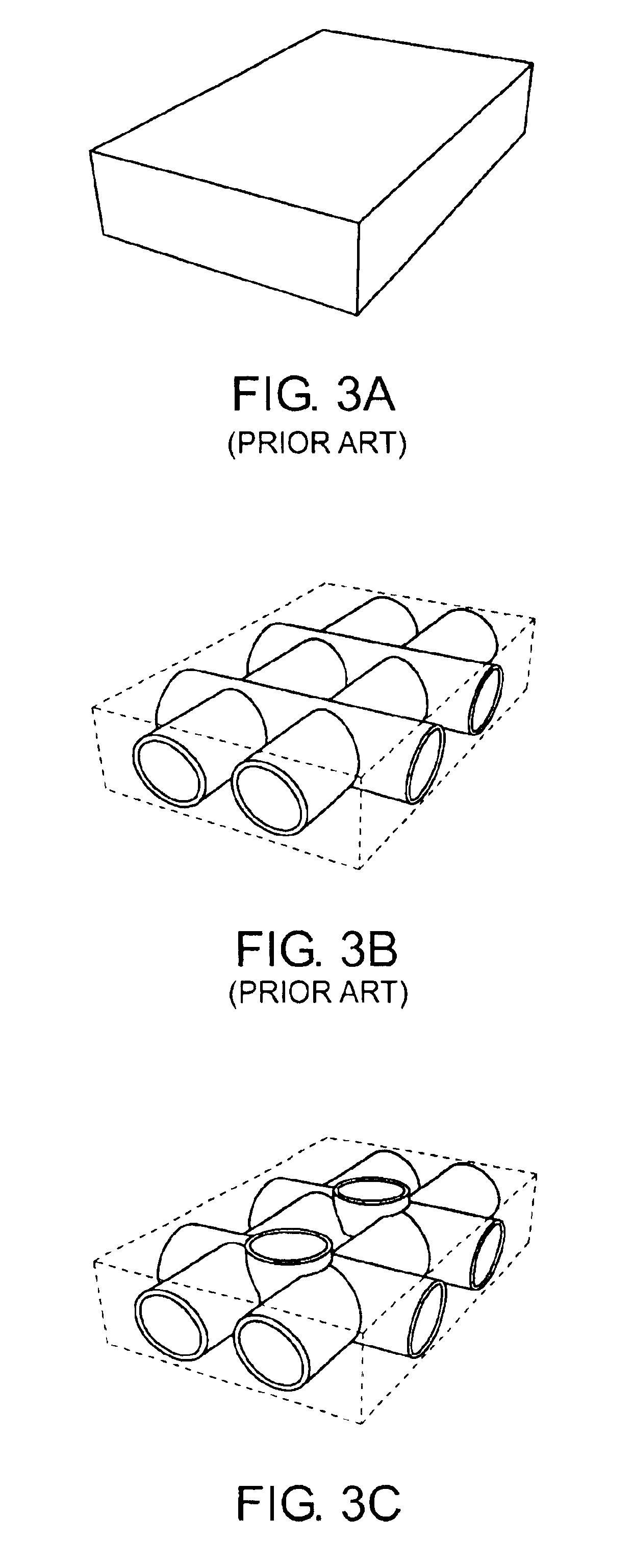Layered silicate material and applications of layered materials with porous layers
a technology of layered silicate and aluminophosphate, applied in the direction of membranes, separation processes, instruments, etc., can solve the problems of channeling and/or open frameworks restricting their use in applications
- Summary
- Abstract
- Description
- Claims
- Application Information
AI Technical Summary
Benefits of technology
Problems solved by technology
Method used
Image
Examples
examples
The invention is further described in the following examples, which do not limit the scope of the invention described in the claims.
1. Synthesis and Characterization of AMH 3
The synthesis solution had a molar composition of 1 TiO2: 10 SiO2: 14 NaOH: x SrCl2: 675 H2O, 2<x<14. In a typical experiment, sodium hydroxide was dissolved in deionized water, and strontium chloride hexahydrate was added. The mixture was stirred for 1 hour in a silicone oil bath at 353 K. Sodium silicate solution (27% SiO2, 14% NaOH, 59% H2O, Aldrich) was then added to the above solution and stirred for 30 minutes. Finally, titanium(III) trichloride (20% TiCl3, 20% HCl, 60% H2O, Aldrich) was added very slowly under vigorous stirring. The mixture was then homogenized by stirring for 30 minutes. The resulting solution was then introduced into a TEFLON®-lined stainless steel autoclave (Parr) and crystallized at 473 K with varying crystallization times. The product was washed with deionized water to neut...
PUM
| Property | Measurement | Unit |
|---|---|---|
| diameters | aaaaa | aaaaa |
| thick | aaaaa | aaaaa |
| thickness | aaaaa | aaaaa |
Abstract
Description
Claims
Application Information
 Login to View More
Login to View More - R&D
- Intellectual Property
- Life Sciences
- Materials
- Tech Scout
- Unparalleled Data Quality
- Higher Quality Content
- 60% Fewer Hallucinations
Browse by: Latest US Patents, China's latest patents, Technical Efficacy Thesaurus, Application Domain, Technology Topic, Popular Technical Reports.
© 2025 PatSnap. All rights reserved.Legal|Privacy policy|Modern Slavery Act Transparency Statement|Sitemap|About US| Contact US: help@patsnap.com



